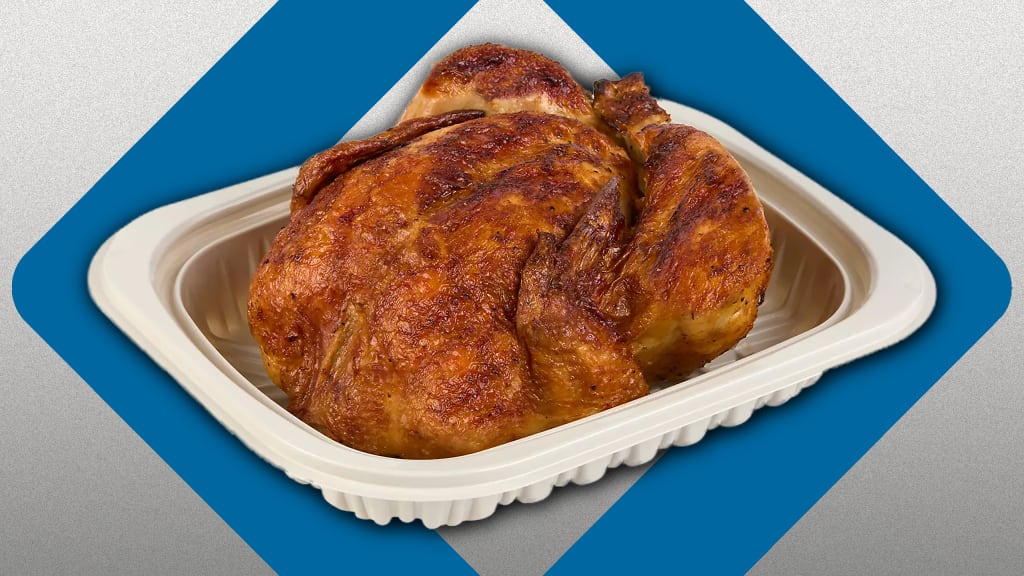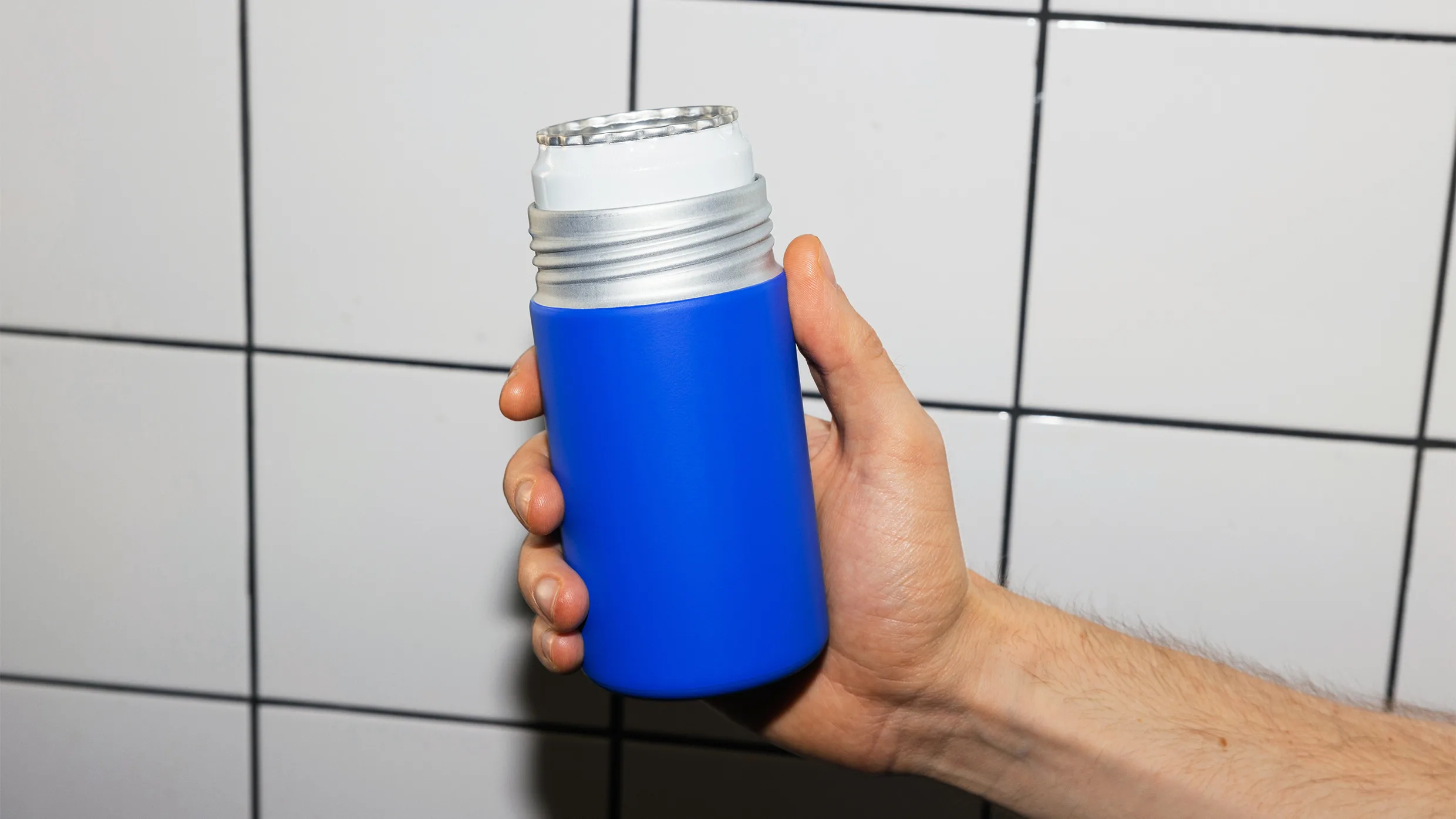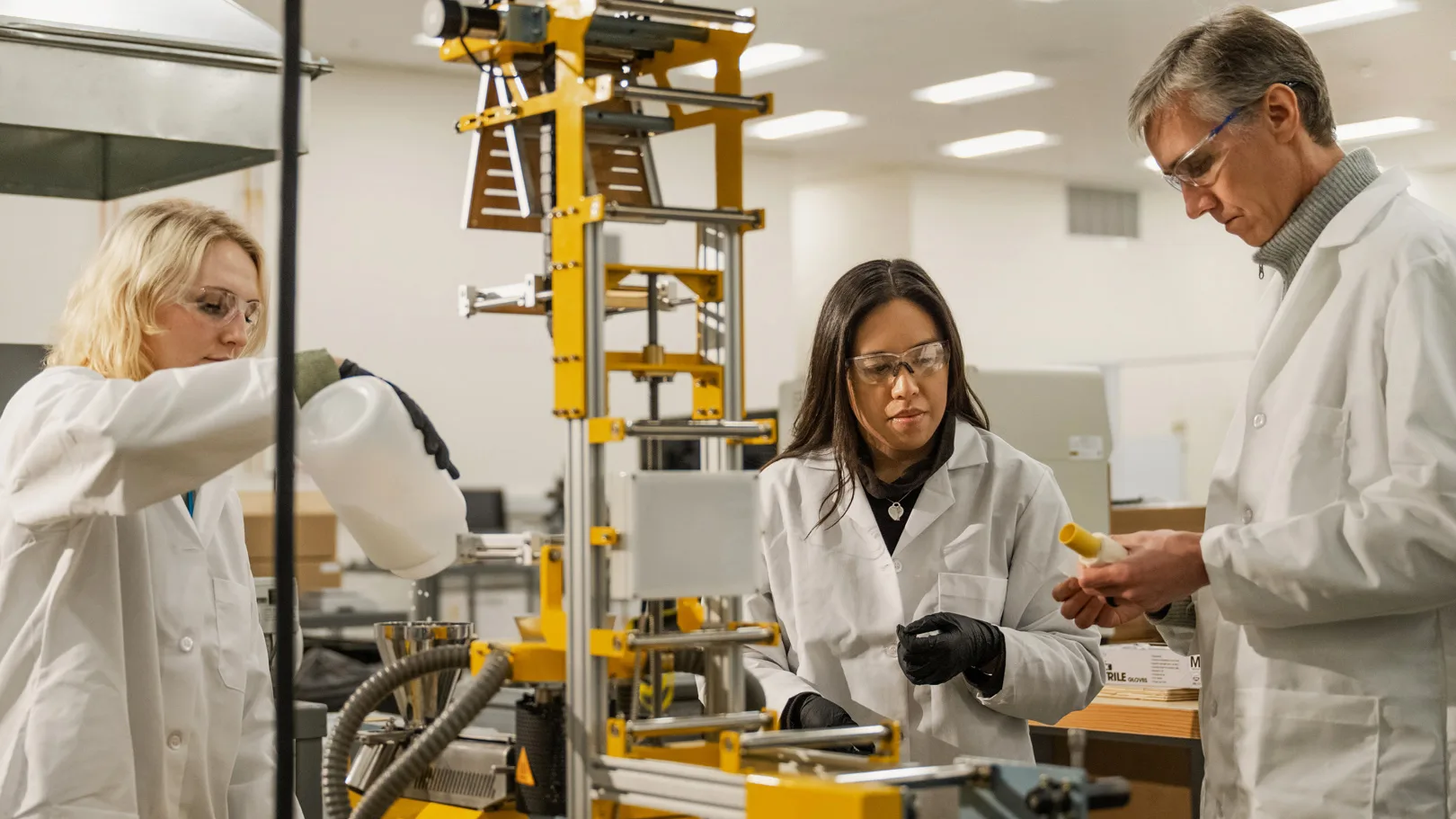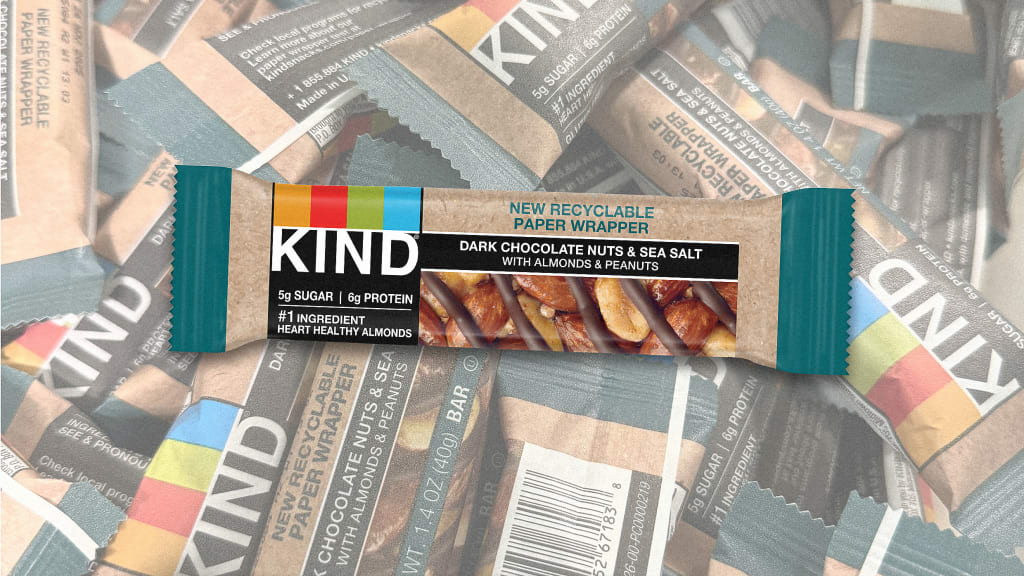#packaging
#packaging
[ follow ]
#sustainability #branding #food-safety #supply-chain #pyprojecttoml #aldi #private-label #rebranding #marketing
fromTasting Table
1 month agoWhy Berries Are Usually More Expensive Than Other Fruits - Tasting Table
If you're wondering why your favorite fresh berries are so much more expensive than other options like apples and bananas, it's probably because you are thinking about fruit as plants, not commodities. Like it or not, our modern food infrastructure is full of complex structures to get oranges from California, tropical fruit, and potatoes from Idaho onto the same store shelves. And being a commodity means every little bump in that road ends with a little bump in price that you see at the grocery store.
Food & drink
fromPythontest
2 months agoTesting against Python 3.14 | PythonTest
Python 3.14 is here. If you haven't done so, it's time to update your projects to test against 3.14. The following procedure is what I'm following for a handful of projects. Your process of course may be different if you use different tools. Honestly, I'm partly writing this down so I don't have to remember it all in a year when 3.15 rolls around.
Python
fromThe Drum
2 months ago'The funnel is dead': Kantar's Leigh O'Donnell on how shoppers now decide in a blink
Kantar's head of shopper and category insights says people still love stores, carts and the joy of finding something new, but discovery, conversion and delivery can now happen in a blink. "Someone can become acquainted with a brand, convert it and have it delivered to their house. That's... a subterfuge for classic path to purchase." In her view, the job for retailers and brands is to meet that reality, not pine for the old map.
Marketing
fromhttps://daniel.feldroy.com
3 months agoTIL: Single source version package builds with uv (redux)
Here's how [he demonstrated](https://adamj.eu/tech/2025/07/30/python-check-package-version-importlib-metadata-version/) I should be doing it instead. ```toml # pyproject.toml [project] name = "air" version = "0.25.0" # This is the source of truth for the version number ```
Python
Graphic design
fromDesign You Trust - Design Daily Since 2007
7 months agoJapanese Designer Has Created Wrapping Paper That Makes Everything Look Like Bread
Ippei Tsujio's bread-themed gift wraps creatively mimic artisan loaves, making presents visually enchanting and playful.
These realistic wrappers are not yet for sale but showcase the potential for future bakery-themed gift packaging.
[ Load more ]








